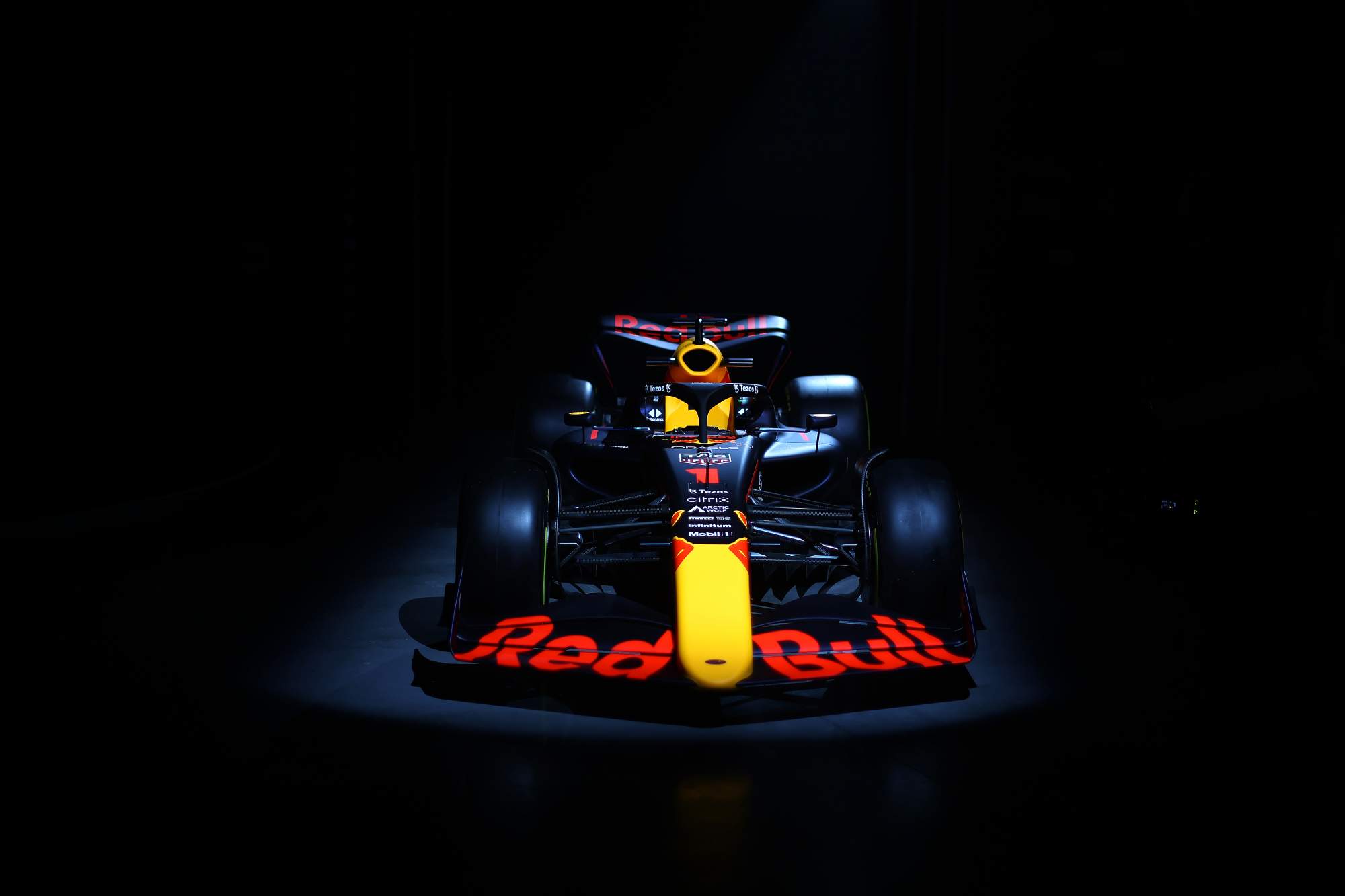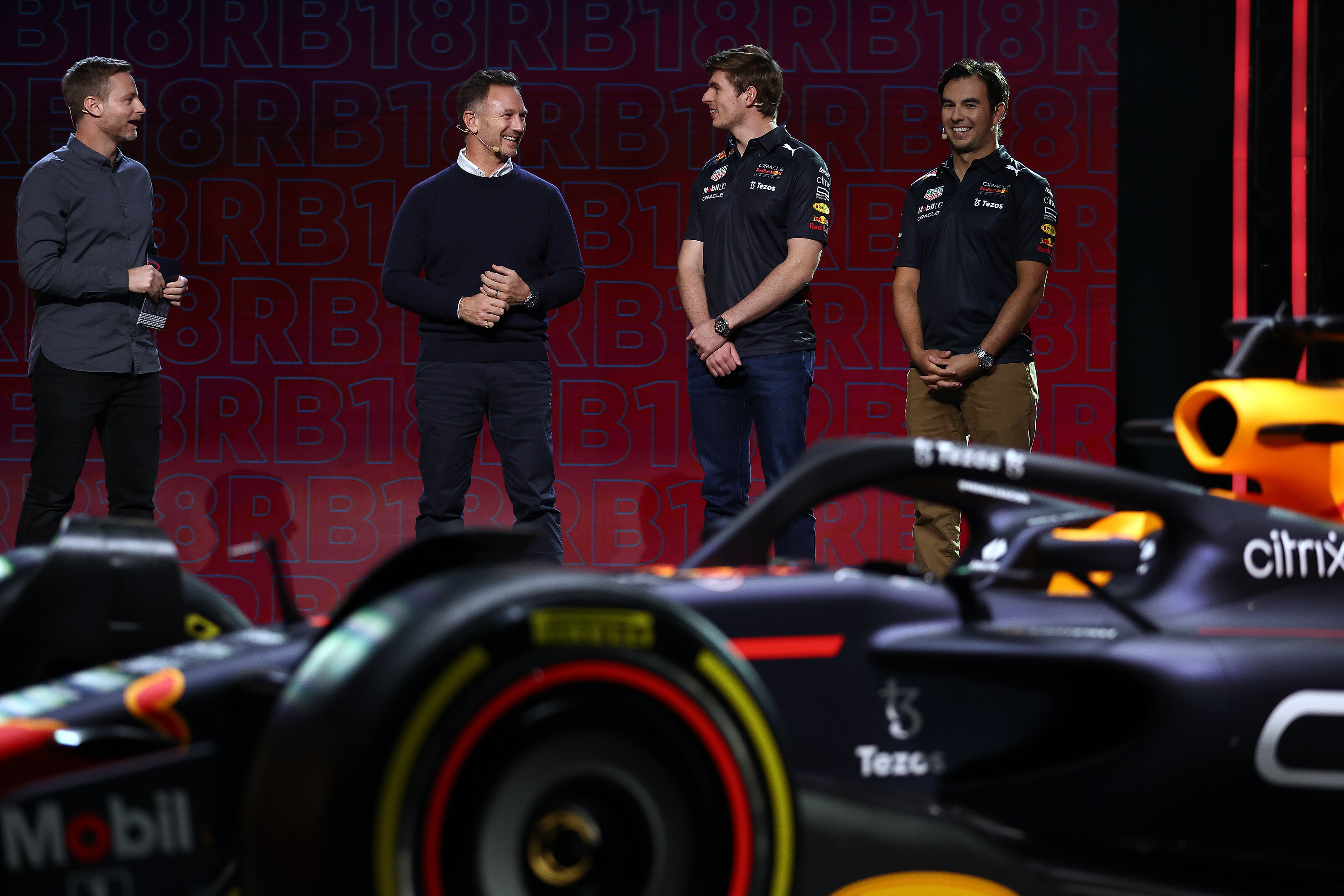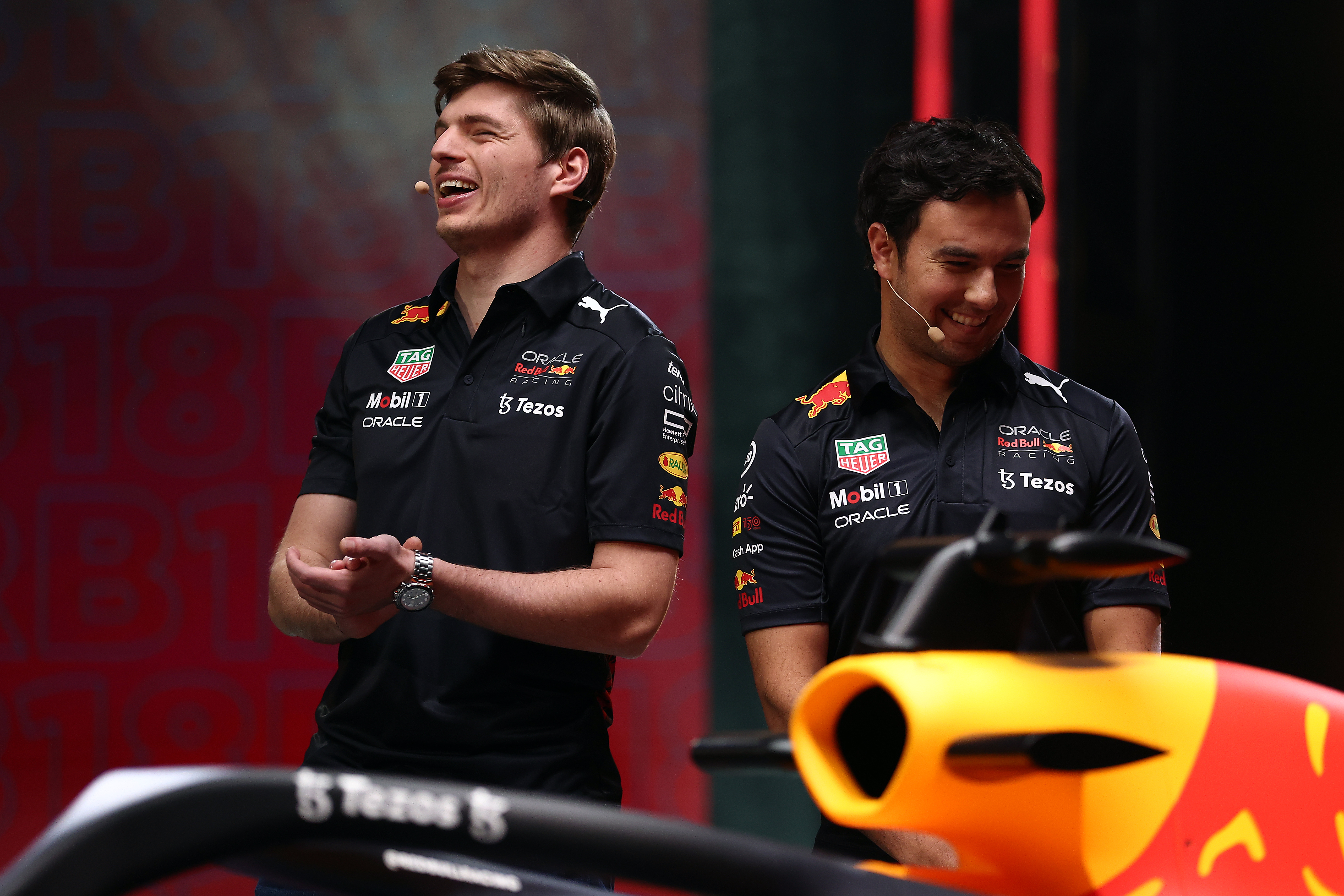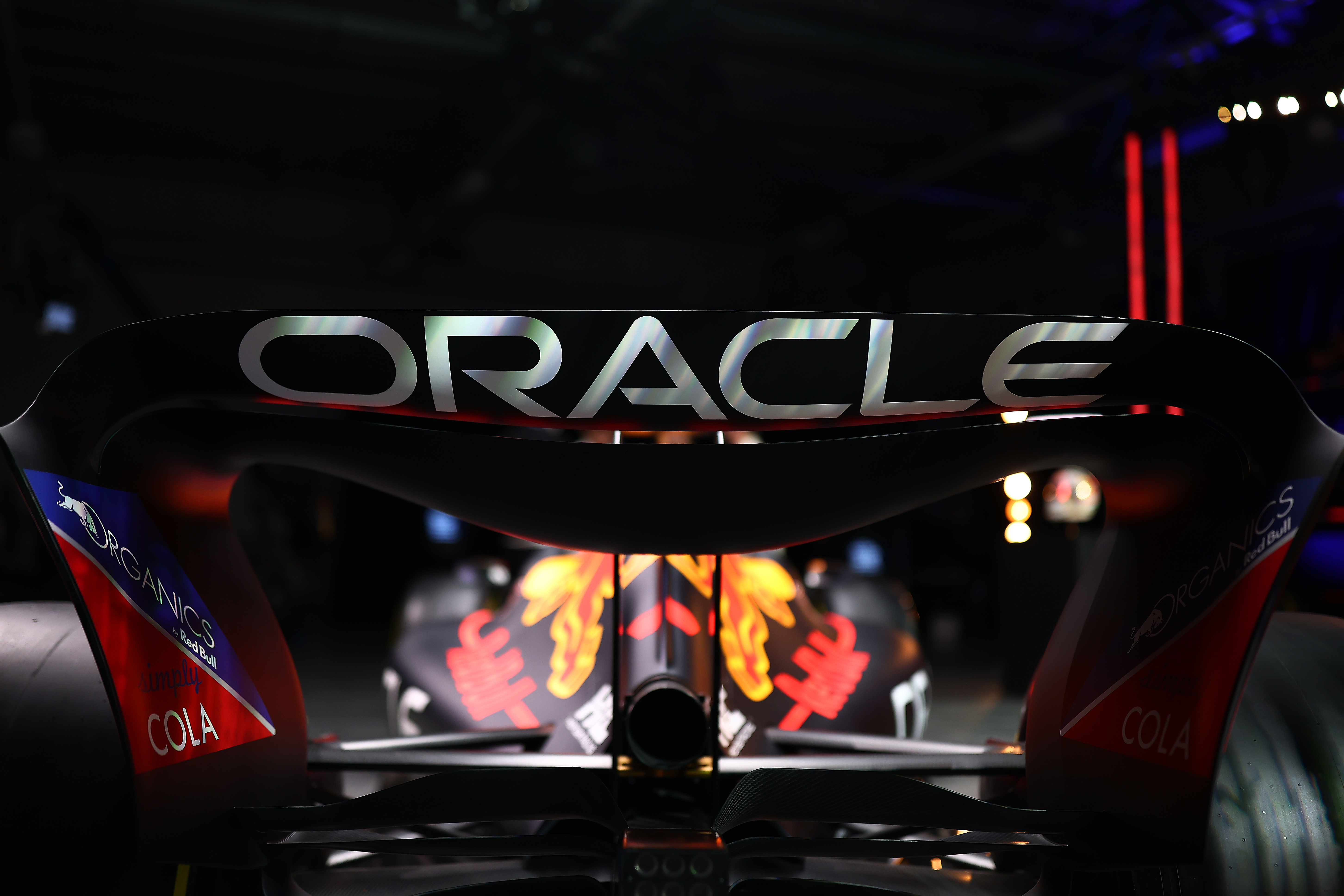Up Next

I’ve little doubt that I’m correct in saying that the car Red Bull showed us at its launch will not be what we see in pre-season testing either in Barcelona or Bahrain – in fact, Red Bull team boss Christian Horner essentially admitted that.
And then for the season-opening Bahrain race weekend, there will be further upgrades that mean what we’ve been shown will be nothing like what is used this year.
Red Bull has always been very good at pulling the wool over the eyes of those in other teams and also us poor journalists. This year is no exception and – if anything – by launching what is clearly very much based on the show car it has gone further this year.
But as I always say, we can only comment on what is presented to us. So I’m going to take a look at the detail of the car, as if nothing else it will explain why some aspects of the show cars are like this and what scope there is for changes in the real thing.
FRONT WING

The rules allow for a four-element front wing, but the supposed Red Bull RB18 features a very simple three-element version with a very long-cord mainplane.
If you are working the wing profiles to their maximum, you need that extra slot gap to reduce the risk of airflow separation. But if the airflow is not overworked then you can get more downforce from fewer elements, especially at slow speed.
With the regulations requiring the wing profiles to run into the outer endplate, this area of the wing will not be overworked.
NOSE/WING ASSEMBLY
This, as is called for in the regulations, is very simple. The nose itself is very unlike Red Bull in that it is very basic.
FRONT SUSPENSION

It looks like a conventional top and bottom wishbone and steering link. It is pushrod-operated with the pushrod being driven low inside the larger 18-inch rims.
This will allow Red Bull to have some control over ride height changes and weight transfer with steering lock. Ride height change potential has been reduced this year, but there is still something to be had from exploiting it to the maximum.
FRONT BRAKE DUCTS
These are the normal triangular-shaped inlet, smaller than what we have seen in the past.
These now run into what we might christen the ‘mudguard’ this large vane reduces the turbulence created as the airflow spills off the front inside face of the tyre and mixes up with the airflow going over the top of the tyre.
BARGEBOARD REPLACEMENT TURNING VANES
With the lack of barge boards, this outer turning vane needs to separate the turbulent tyre wake from the leading edge of the underfloor. That’s why we are seeing the leading edge being much further forward than the radiator inlet.
SIDEPOD LEADING EDGE
The underfloor leading edge height is controlled in the regulations.
Basically, the inlet is fairly narrow and high in an attempt to reduce and manage any turbulent airflow from your own car or another car that you might be following going into that area.
SIDEPOD PROFILE
The sidepod profile has gone from the typical Red Bull clingfilm-wrapped style to a much more simple version.
There is now an undercut all the way along the sidepod. In the past, this has run out midway where the team was trying to seal the underfloor as effectively as possible.
Now, it looks like Red Bull has gone the other way in getting as much flow over the floor and diffuser’s upper surface to improve the performance of the coke bottle and beam wing.
AIR INTAKE

This is smaller than in the past so I can only assume that it is not using as much of the airflow from this inlet to cool the ancillary components.
The turbo will take as much from as it wants and the inlet is big enough for that but when the turbo is not pulling flow into that inlet that flow will spill off around the inlet.
This increased length of undercut between the inlet and the headrest will allow them to manage it more efficiently meaning that the rear wing will work more efficiently.
RADIATOR EXITS
These are as compact as practical to suit the cooling requirements that the power unit manufacturer requires – and while that’s badged as Red Bull this year it’s still very much a Honda.
Each team will end up with four or five different solutions for this and more cooling equals less downforce, as in life you get nothing for nothing.
I’m not seeing any sidepod top louvre panels. Perhaps this will be a tuning device for their cooling level when required.
COKE BOTTLE
Having as small a radiator exit area allows the maximum width for the opening between the inner bodywork and the inside of the rear wheel and tyre. This is commonly known as the Coke bottle area.
You want this as large as possible to maximize the airflow over the diffusers top surface and new for 2022 give as much airflow as possible to the beam wing. Getting the diffuser, beam wing and upper wing all to work together makes them much more powerful than if they are working as individual components.
REAR SUSPENSION
This is as previously a pullrod system connected to the outer end of the top wishbone.
The internal suspension components are mounted low in the space between the engine and gearbox. It will be interesting to see in more detail how Red Bull has gone about the lower wishbone, as Mercedes proved a couple of years ago this component can seriously affect the airflow over the upper surface of the diffuser.
REAR BRAKE DUCTS
These are there but hidden away. Because of using the rear braking to charge up the battery pack the rear brakes on these cars are on the small side so in effect don’t need too much cooling – if, that is, it all works as planned.
So in effect, the rear brake duct is more of a turning vane to manage the airflow around the inside of the rear tyre.
REAR WING

As per the regulations it sweeps into the endplates to reduce or hopefully remove the vortex that comes of the upper rear wing outer corners on last year’s wings.
If the wing was too cambered on the outer ends the airflow, it would simply spill over the top outer corners so this is why it is so shallow at the ends and deep in the middle, it is working in more of a 3D environment than previously.
BEAM WING
It is a two-element component with a fairly three-dimensional trailing edge to the flap.
This will help the upper wing in that critical central area or reduce the risk of airflow separation.
DIFFUSER
About all you can say is that it’s built to the maximum width and maximum height with some very large splitters – or as I like to call them separators – on the inside.
These will contain any airflow separation into smaller compartments meaning that any loss of rear downforce at high speed when the car is low to the ground can be managed in a more consistent way.
SUMMARY
As mentioned above, what we’ve seen will almost certainly bear no resemblance to what will hit the track. Even then what we see in Barcelona will be subject to constant changes.
That means we can draw no conclusions from Red Bull from it launching what is very much a version of the show cars we’ve already seen.
We still have to wait and see what Red Bull’s main rivals come up with, but what I’ve seen so far doesn’t get me too exciting.
After all, this could just be the show car resprayed – and to all intents and purposes, it almost appears to be exactly that.







